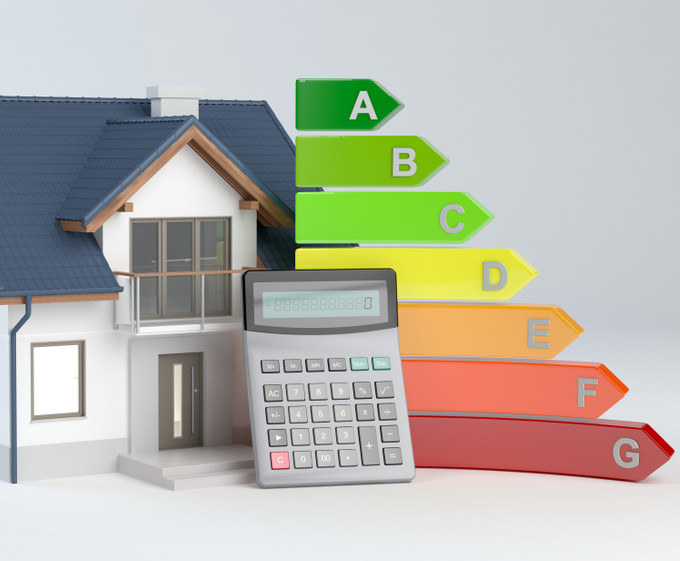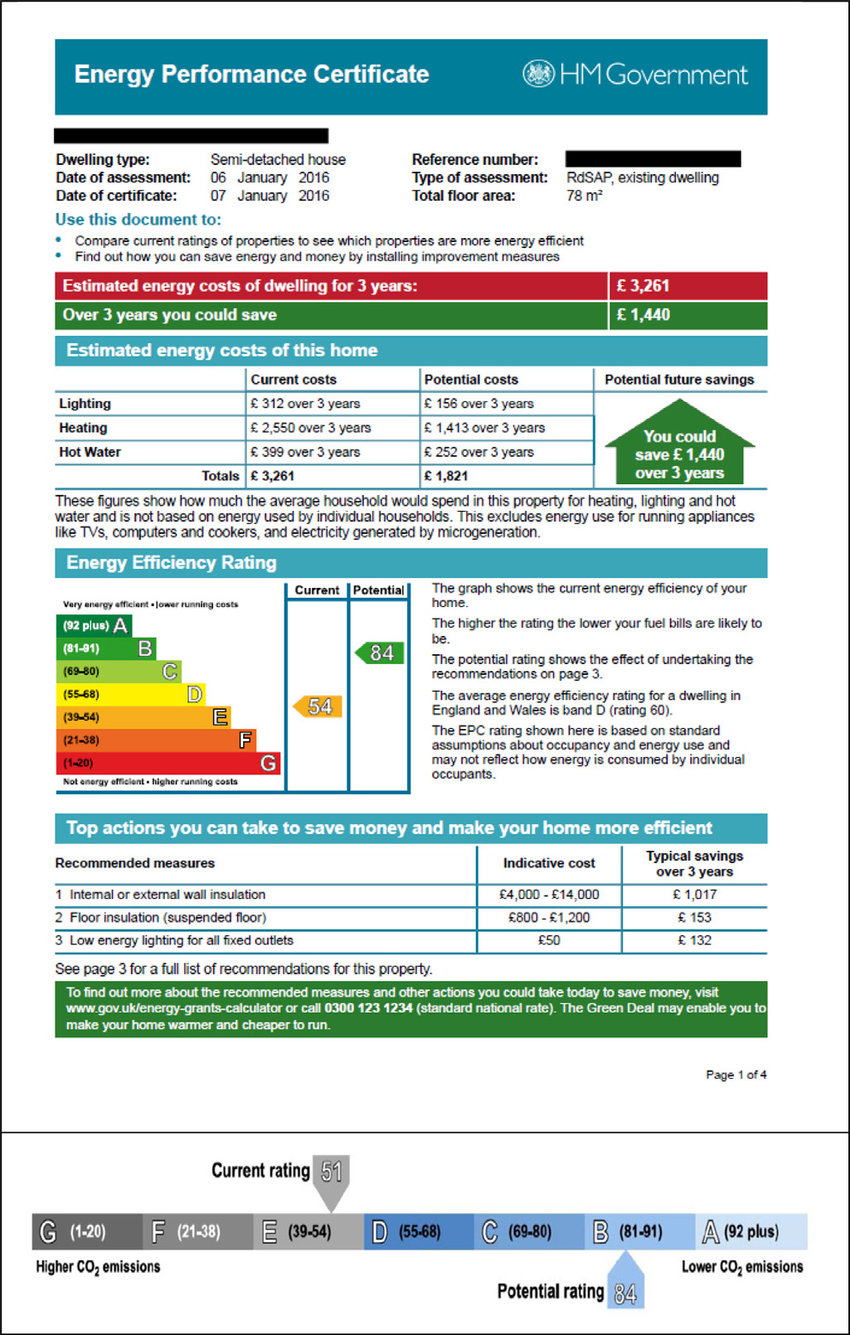What is an EPC?
An Energy Performance Certificate (EPC) provides an energy efficiency rating for a property, considering its potential energy performance (the fabric) and its services.
To produce a legally valid EPC, an accredited Energy Assessor will collect the following information:
-
Property type
(e.g., flat, bungalow, detached, semi-detached)
-
Age of the property
-
Dimensions and number of floors/storeys
-
Amount and type of glazing
-
Building materials
(e.g., brick, timber frame)
-
Insulation levels
-
Heating systems and fuel used
-
New technologies
The energy efficiency rating uses 'standard occupancy' assumptions (typically two adults and two children), which may differ from actual usage.

-
When do I need an EPC?
An EPC is required when a property is newly built, marketed for sale, or rented out. Other policies may also require an energy certificate.
-
How long does an EPC last?
An EPC is valid for 10 years or until a newer EPC is produced for the same property, regardless of how many times the property is sold or rented out during that period. Existing occupiers and tenants do not need an EPC unless they sell, assign, or sublet their interest. An expired EPC is no longer legally binding.
-
Energy efficiency rating
The energy efficiency rating is displayed on an A to G scale, with A being the most efficient and G the least. This rating is based on cost factors such as the type of fuel used for heating, hot water, lighting, and ventilation. Properties using main gas typically score higher due to its lower cost per kWh compared to electricity.
Breakdown of property’s energy performance
Individual features (e.g., floor, lighting, walls) assessed during the energy assessment are also rated within the EPC, from very good (most efficient) to very poor (least efficient). This rating considers:
- Energy efficiency cost rating
- Environmental (CO2) rating For hot water and heating, water responsiveness is also considered. The term ‘assumed’ may appear, indicating data generated by energy assessment software based on property age, insulation, etc.
Environmental impact of the property
The EPC shows the environmental impact with an A to G rating, allowing comparisons with average households. This rating is based on assumptions about average occupancy and energy use and may not reflect actual consumption.
Recommendations for improvements
The EPC includes recommendations to improve the property’s energy performance, with typical installation costs based on national averages. These recommendations are cumulative and should be followed in order to achieve the potential energy efficiency rating. Deviating from this order may change the potential rating.
Estimated energy use and potential savings
The EPC is based on standard occupancy and doesn't show your actual energy use. It lets you compare similar properties across the country. For a report that shows your real energy costs, contact a retrofit assessor for an occupancy assessment.


